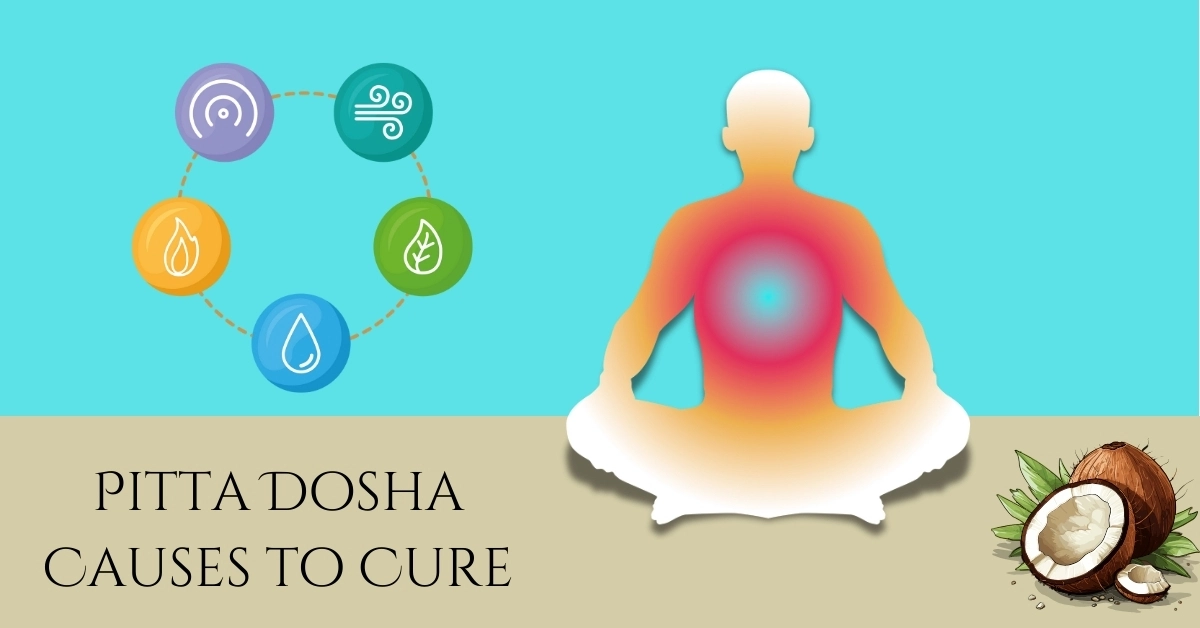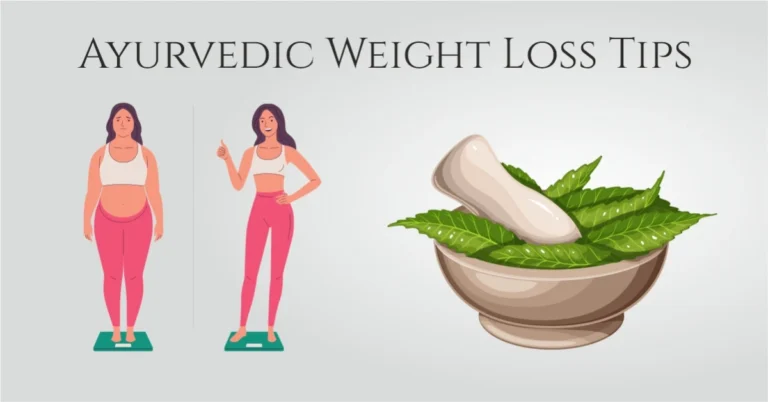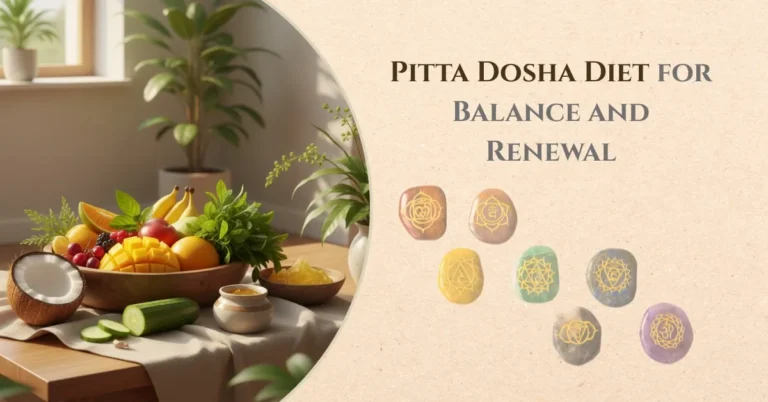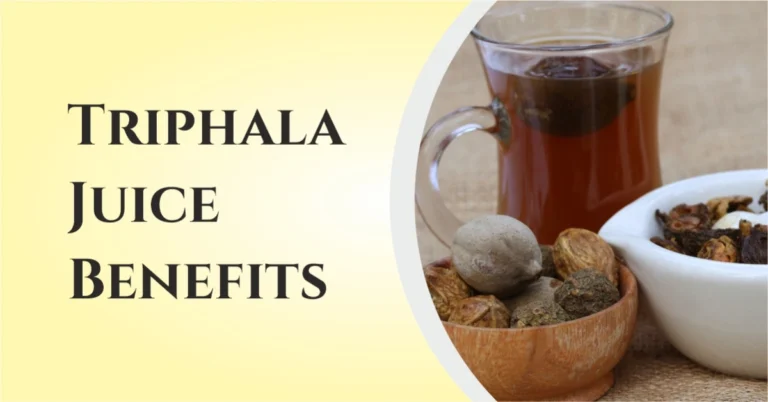Pitta Dosha Explained Simply: From Causes to Cure
In simple words, pitta refers to “bile” or the heat and fire element within the body. Ayurveda explains that this energy is responsible for digestion, metabolism, and transformation at both physical and mental levels.
Every individual is made of three energies known as dosha – Vata, Pitta, and Kapha. These govern how our body functions, how we react emotionally, and even how we maintain health. When these doshas are in balance, we feel well, but when disturbed, they create discomfort and disease.
Among them, pitta dosha stands for fire combined with water. People with a dominant Pitta usually have sharp intelligence, strong appetite, medium build, warm skin, and a tendency toward determination but also irritability. They are often natural leaders, quick learners, and focused personalities, though imbalance can make them impatient or aggressive.
Pitta Dosha Symptoms & Signs
When pitta symptoms rise in the body, they usually show through heat and inflammation. Common physical signs include acidity, heartburn, skin rashes, excessive sweating, and a constant feeling of body heat. Some people may also notice redness in the eyes, ulcers, or frequent thirst.
On the mental and emotional side, pitta dosha symptoms are often linked with sharpness turning into intensity. While balanced Pitta makes a person confident, focused, and decisive, an imbalance can lead to irritability, anger, impatience, and being overly critical of others.
Here’s a quick comparison for clarity:
| Balanced Pitta | Imbalanced Pitta |
|---|---|
| Strong digestion & appetite | Acidity, indigestion, ulcers |
| Clear skin & healthy glow | Acne, rashes, skin irritation |
| Focused, intelligent, good memory | Anger, impatience, aggression |
| Natural leadership & drive | Dominating, controlling behavior |
| Warmth & energy | Excessive body heat, sweating |
Causes of Pitta Dosha Imbalance
Pitta represents fire and heat, so anything that adds more intensity can disturb it. Stress, long hours of overwork, and constant competition are some of the main lifestyle factors that increase this dosha. Eating too much spicy, oily, fried, or fermented food also fuels excess heat, leading to imbalance.
Seasonal changes play a big role too. During summer or hot climates, the body naturally holds more heat, and this can easily disturb Pitta. Even skipping meals, staying under the sun for long hours, or pushing the body beyond its limits in workouts can quickly trigger symptoms.
Some quick triggers of imbalance include:
- Anger or emotional outbursts
- Late-night working or lack of proper sleep
- Excess alcohol, caffeine, or smoking
- Irregular eating patterns or fasting for long hours
When these habits pile up, the natural fire of Pitta turns harsh, creating discomfort in both body and mind.
How to Reduce Pitta Immediately (Ayurvedic Remedies)
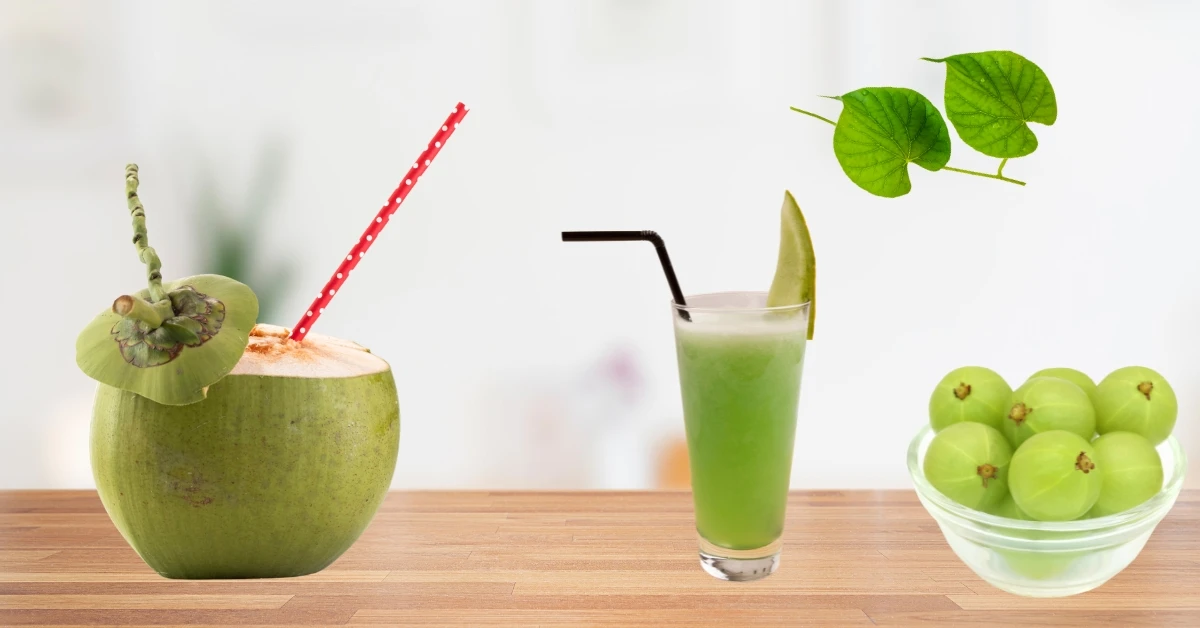
If you ever feel sudden acidity, burning sensation, or irritability, you may wonder how to reduce pitta immediately. Ayurveda suggests simple, cooling methods that bring quick relief. Drinking coconut water, fresh cucumber juice, or plain buttermilk helps to calm excess heat instantly. Resting in a cool place, practicing deep breathing, or taking a short moonlight walk also eases discomfort.
Certain Ayurvedic practices work fast when Pitta is flaring up. Sheetali and Anulom Vilom pranayama cool the body and settle the mind. Herbs like Aloe Vera, Amalaki, and Guduchi are known to bring down heat, while ghee works as a soothing internal coolant.
In Ayurveda therapies, treatments such as Shirodhara and herbal pastes on the forehead are used to relax the nerves and reduce inner fire.
By combining cooling drinks, calming breathwork, and gentle herbal remedies, you can quickly bring Pitta back toward balance without much effort.
Pitta Dosha Diet & Lifestyle
Food choices directly decide whether your Pitta stays balanced or turns fiery. Spicy chilies, oily fried snacks, sour pickles, and too much salt are the kind of dosha food that worsen heat and acidity. On the other hand, cooling foods like sweet fruits, cucumbers, melons, leafy greens, and dairy products such as milk or ghee help calm Pitta quickly.
A structured ayurvedic diet for Pitta includes sweet, bitter, and astringent tastes while avoiding excess pungent, sour, and salty flavors. Rice, barley, and wheat are recommended grains, while herbs like coriander, mint, and fennel bring natural cooling. Drinking plenty of water, coconut water, and herbal teas also supports digestion without increasing heat.
Lifestyle plays an equal role. Daily meditation lowers stress, while calming yoga practices such as moon salutations or gentle stretches keep the body steady. Cooling exercises like swimming, evening walks, or light cycling are more suitable than intense workouts.
A regular sleep routine, ideally with early bedtime, ensures that the mind and body get proper rest, preventing irritation and burnout.
Pitta Dosha & Other Dosha Combinations
When Pitta mixes with another dosha, it shapes unique traits:
Pitta-Vata personality
- Energetic, ambitious, and creative
- Quick learner with sharp focus
- Imbalance may cause anxiety, impatience, acidity, or bloating
Pitta-Kapha personality
- Strong-willed, steady, and determined
- Naturally good stamina and leadership skills
- Imbalance can bring stubbornness, weight gain, or skin irritation
For deeper insight on how Pitta connects with other energies, also read: What is Vata Dosha? Meaning, Symptoms, Imbalance & Treatment.
Conclusion
Pitta dosha is the energy of fire and water that drives digestion, metabolism, and focus. When balanced, it brings intelligence, determination, and vitality. But when disturbed, pitta symptoms such as acidity, skin rashes, irritability, and excessive body heat begin to show.
The right choices in food and routine make all the difference. A cooling ayurvedic diet, calming lifestyle practices, and simple remedies help restore harmony. By staying mindful of triggers and adopting balance in daily life, you can keep Pitta steady and supportive.
FAQs
What is Pitta Dosha in Ayurveda?
Pitta Dosha is the energy of fire and water that controls digestion, metabolism, and body heat.
Which elements comprise Pitta Dosha?
It is made of fire and water elements, giving heat and transformation power to the body.
What is Pitta Dosha responsible for in the body?
It governs digestion, appetite, skin glow, energy, and intelligence.
What are the typical symptoms of Pitta imbalance?
Acidity, skin rashes, excessive sweating, anger, and impatience.
What are the best foods and habits to balance Pitta Dosha?
Cooling foods like cucumber, melons, ghee, and habits like meditation, evening walks, and proper sleep.
What health issues commonly arise due to excess Pitta?
Acid reflux, ulcers, skin problems, headaches, and liver issues.
Does Pitta Dosha behave differently in children or women?
Yes, in children it may show as skin irritation or indigestion, while in women it often relates to hormonal balance and skin sensitivity.

